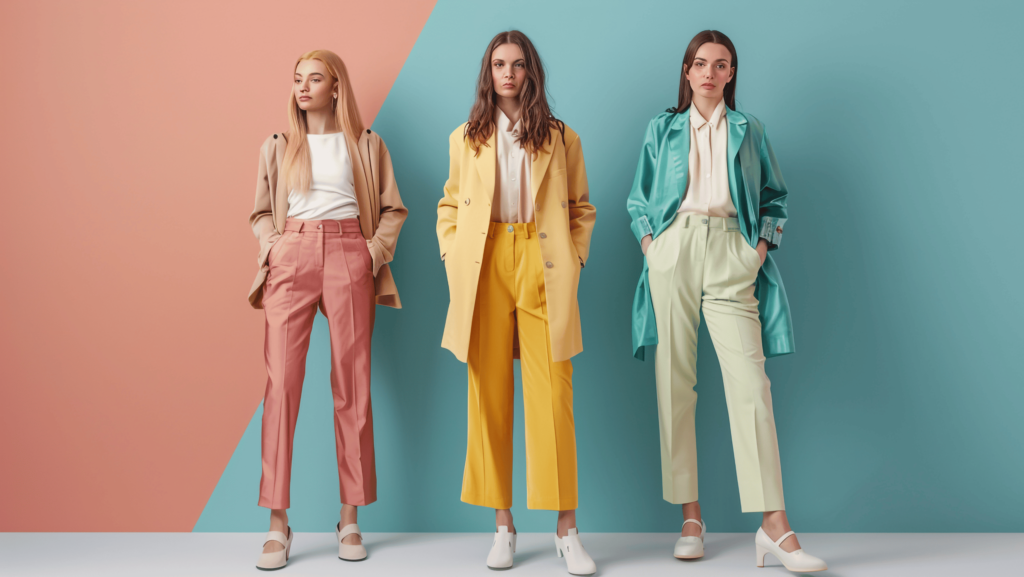Analogous colors, which sit next to each other on the color wheel, are perfect for creating a cohesive, harmonious look that doesn’t feel overwhelming. These color combinations are ideal for women who want their outfits to flow seamlessly and give off a polished vibe. In this article, we’ll explore how to use analogous colors in your outfits to create stylish, eye-catching looks while maintaining balance and elegance.
Understanding Analogous Colors
Before diving into how to incorporate analogous colors into your outfits, let’s first break down what they are. Analogous colors are hues that are next to each other on the color wheel, like:
- Blue, teal, and green
- Red, orange, and yellow
- Purple, blue, and teal
These colors naturally complement each other because they share a similar undertone, creating a peaceful, unified look. This makes them ideal for any occasion, from casual hangouts to formal events.
Start with One Dominant Color
When working with analogous colors, it’s essential to choose one color as the dominant shade of your outfit. This will allow you to build your look around it while incorporating softer accents of the other analogous hues.
For example:
- Teal dress as the focal point, complemented by navy blue accessories and a soft green handbag for balance.
- Burnt mustard yellow blouse paired with Burnt orange pants and red shoes for a fiery, warm outfit.

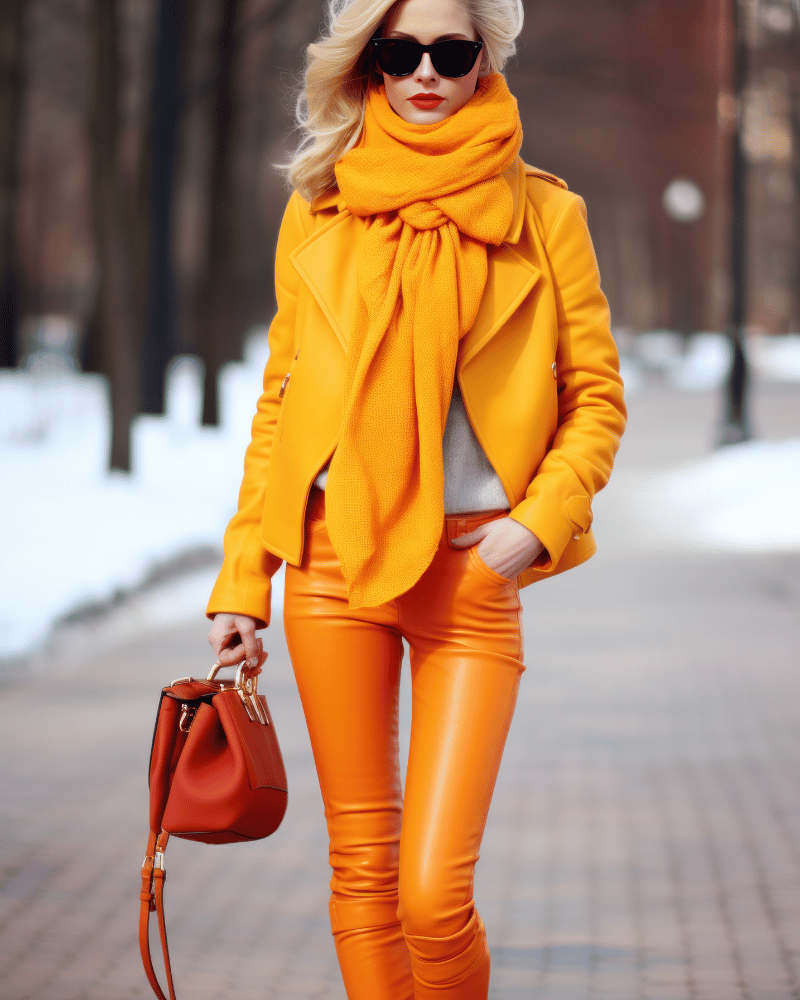
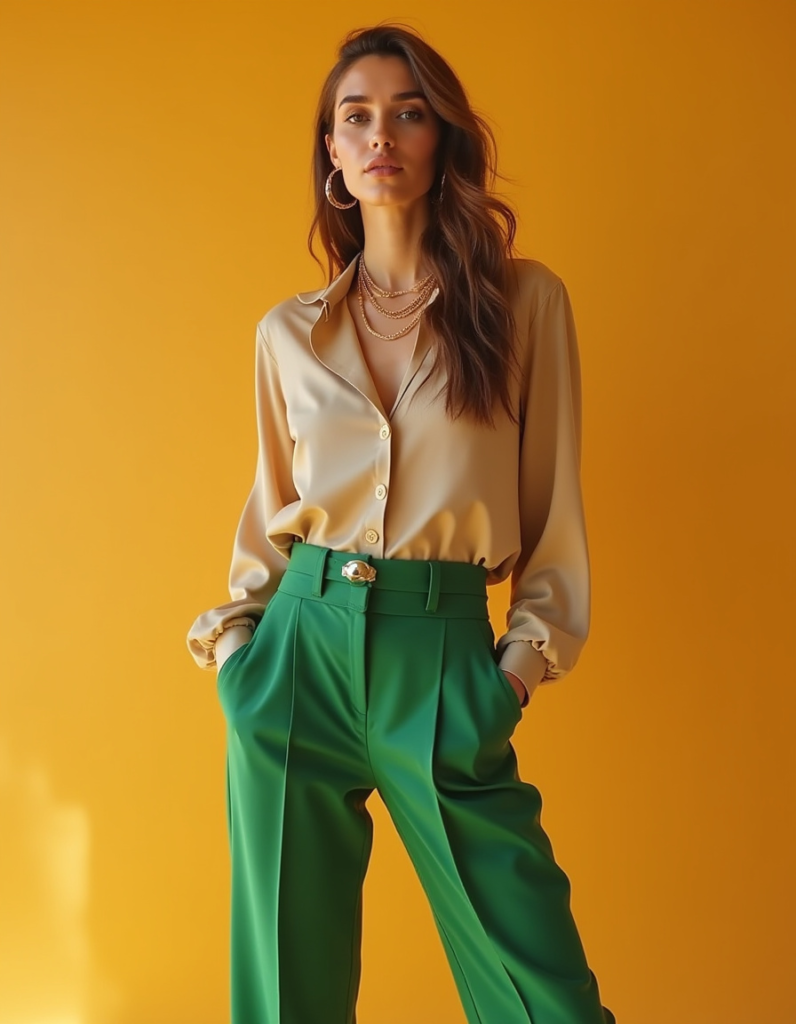
By selecting a dominant color, you avoid overwhelming the outfit and keep everything looking chic and cohesive.
Balance with Neutrals
To ensure your outfit doesn’t get too colorful or busy, mix in neutral tones. Neutrals such as white, black, gray, beige, or brown can act as a break between the more vibrant analogous shades, allowing the colors to pop without clashing.
Here are a couple of ways you can balance analogous colors with neutrals:
- A green top paired with beige trousers and brown boots.
- A yellow-orange jacket worn over a white blouse with navy blue jeans.

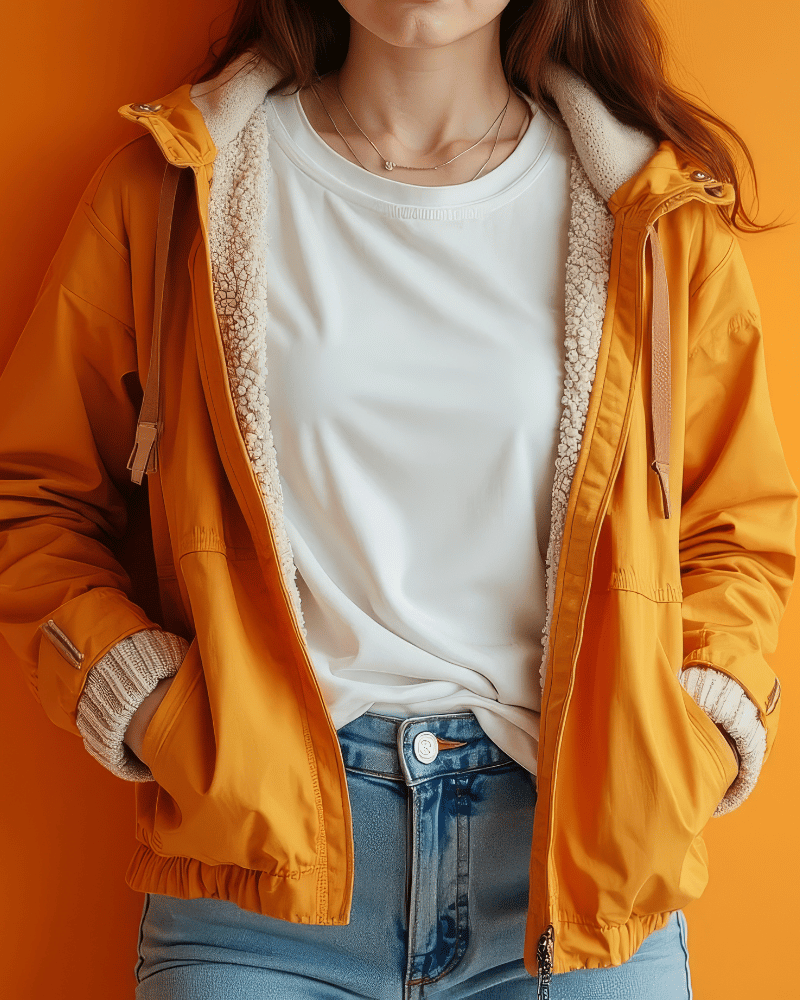
This not only provides a visual break but also ensures the outfit doesn’t look too “matchy-matchy” while maintaining a cohesive aesthetic.
Create Depth with Layering
Layering different analogous shades adds dimension and interest to your outfit. This is a great way to play with the subtle differences in the colors while still maintaining harmony. You can experiment with various textures and fabrics in analogous colors to create a multi-dimensional look.
For example:
- Layer a soft pink cardigan over a coral top, paired with light peach pants.
- A blue denim jacket over a teal blouse, combined with navy blue skinny jeans.
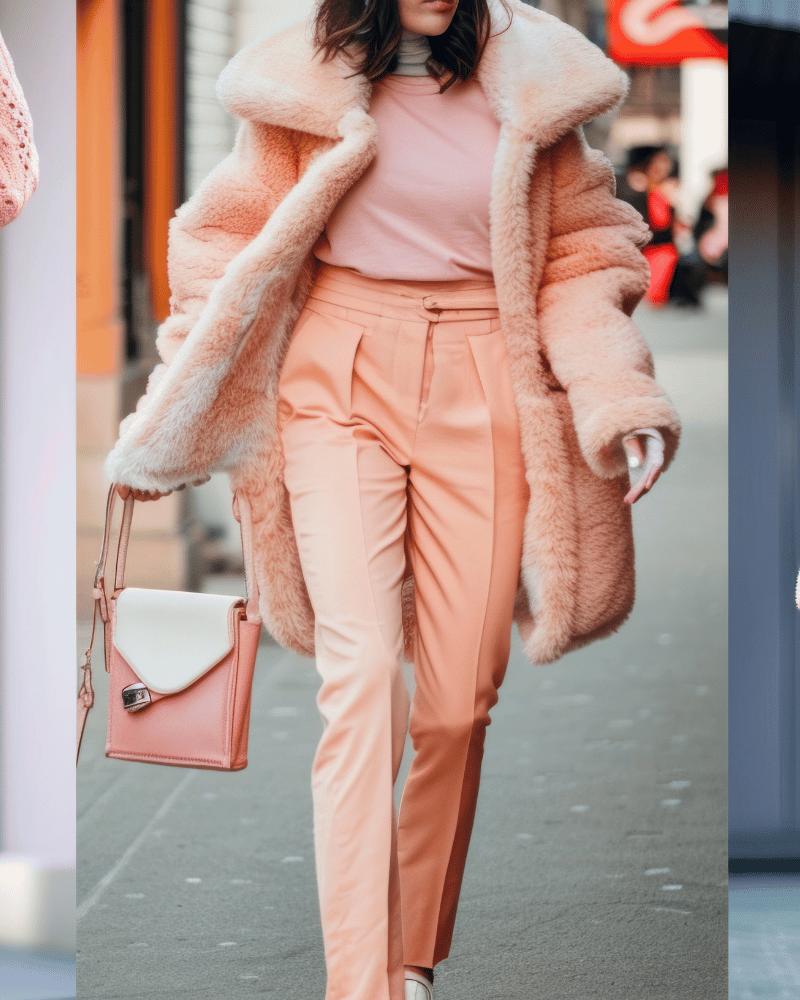
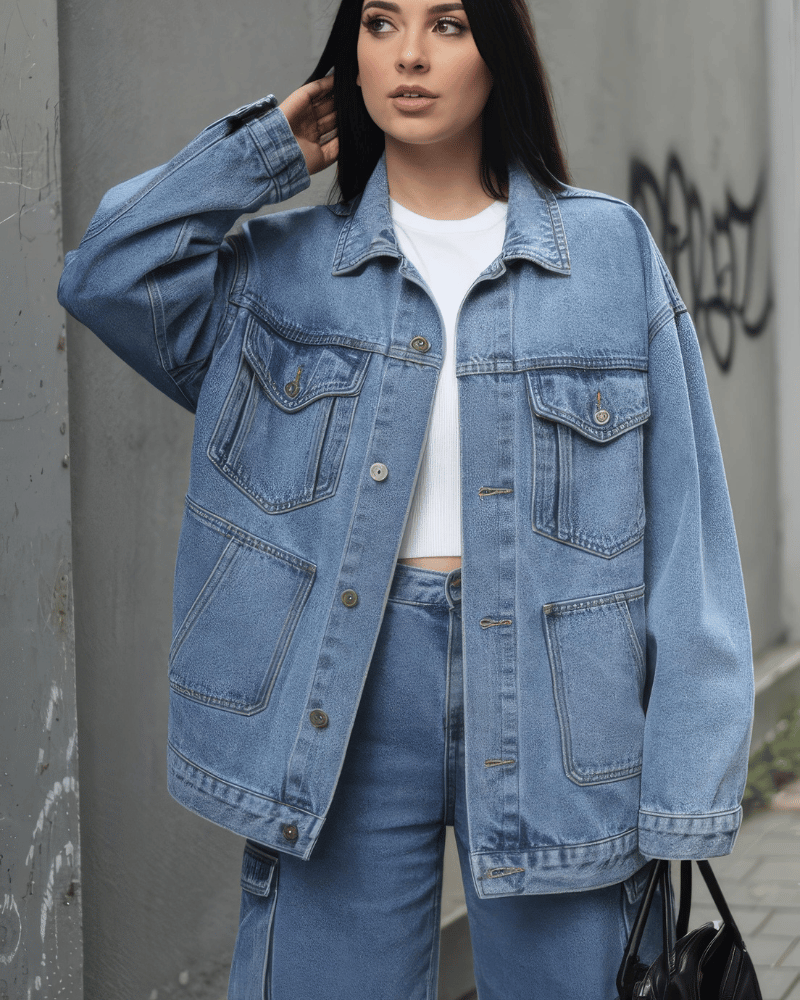
This technique allows you to add complexity to your look without straying from the color scheme.
Experiment with Patterns and Textures
Analogous colors are perfect for mixing prints and textures in your outfits. The key to pulling this off is to ensure the prints share one of the colors in your analogous palette. This way, even with multiple patterns, the outfit still feels put together.
Here are some ideas for mixing patterns:
- Pair a floral dress that has shades of purple and pink with a lilac cardigan.
- A striped blouse with varying tones of blue can be paired with dark blue jeans or teal trousers.
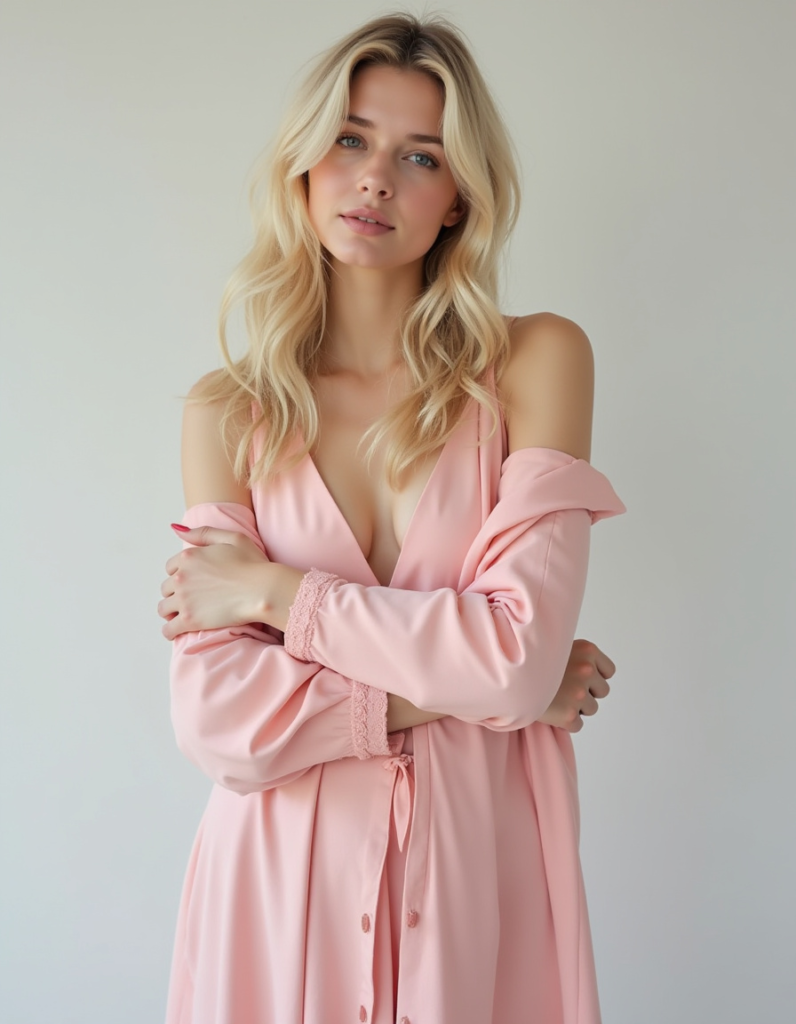
The key to making this work is ensuring that the colors still complement each other and don’t overpower the overall look.
Use Analogous Colors for Different Seasons
Different seasons bring out different color palettes, and analogous colors can be tailored to fit the mood of the season. For instance:
- In spring, you can use a combination of pastel colors like pink, peach, and light yellow.
- During fall, you might experiment with rich oranges, reds, and browns for a warm, cozy vibe.
- For , deep blues, greens, and purples make for sophisticated, cool-toned combinations.
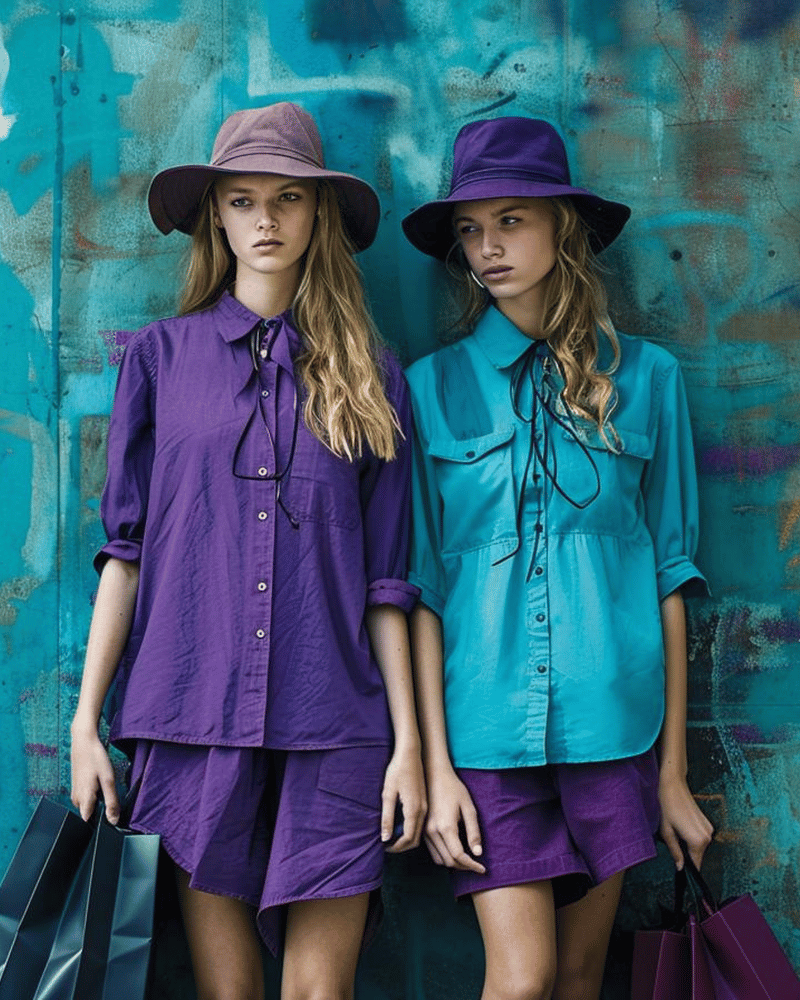
By adapting analogous colors to the seasons, you’ll ensure your outfits are seasonally appropriate while keeping the aesthetic cohesive.
Don’t Be Afraid to Experiment with Bold Combos
Analogous colors are versatile, and you can step outside the box and mix more vibrant hues together. For example, you can experiment with hot pink, magenta, and violet, or teal, turquoise, and green to create a more bold, daring outfit.
Here are some ideas to experiment with:
- A magenta blazer over a turquoise blouse paired with green pants for a playful, fashion-forward outfit.
- A yellow dress with deep red accessories and bold orange heels to create a fiery, eye-catching ensemble.
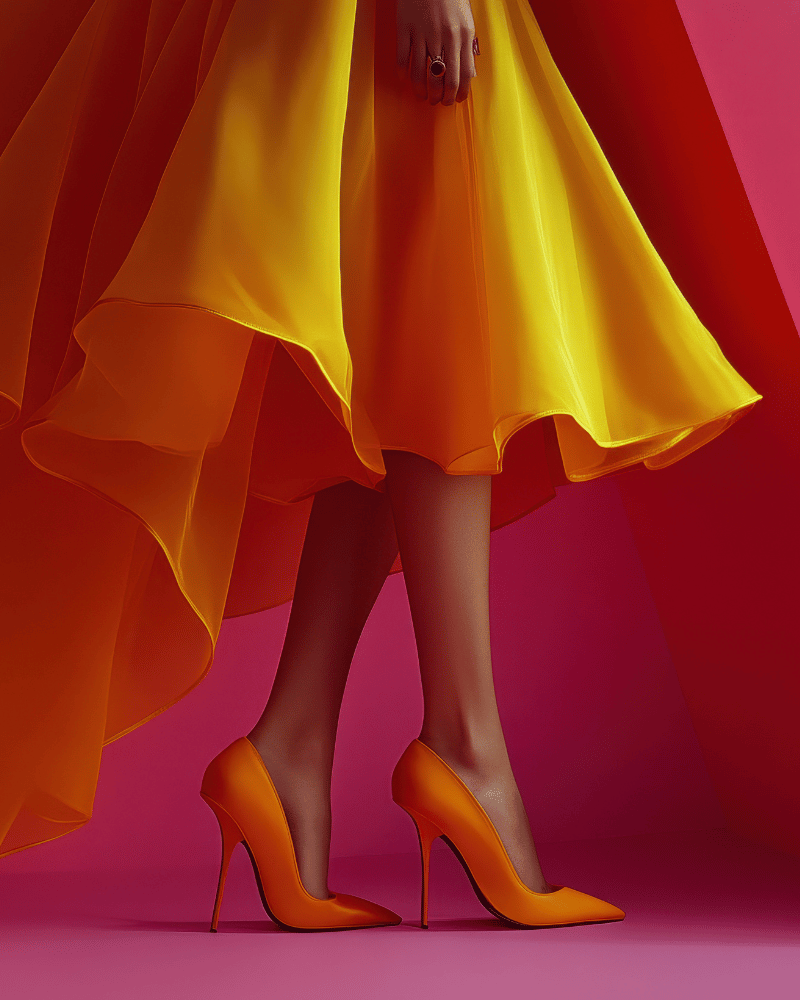
Don’t shy away from experimenting with more dramatic color schemes as long as you keep the analogous color rule in mind.
Use Analogous Colors for Accessories
Even if you’re not ready to commit to an entire outfit using analogous colors, you can still incorporate them into your look with accessories. A teal handbag or orange scarf can add a pop of color to an otherwise neutral outfit without feeling overwhelming.
- Try a pink necklace with a purple dress and fuchsia heels for a cohesive look.
- Add a yellow handbag to an orange and red outfit to tie the look together while adding an extra burst of color.
Conclusion
Using analogous colors in your outfits is a fantastic way to create a chic, balanced look that’s full of harmony and style. Whether you’re layering, mixing prints, or experimenting with bold combos, these colors will help you elevate your fashion game without overthinking your color choices. By starting with a dominant color, balancing with neutrals, and having fun with patterns, you can master the art of color matching for outfits and create looks that turn heads.
Now go ahead and experiment with your favorite analogous color combinations—your wardrobe will thank you!
